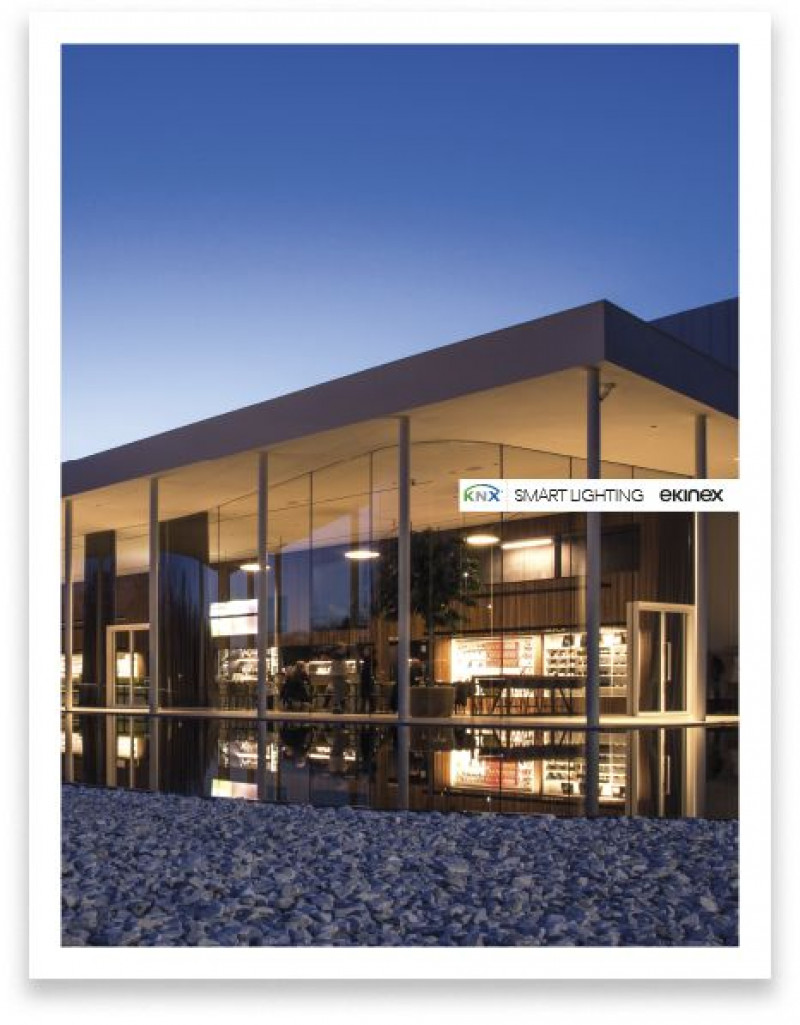-
Hong Kong SAR
Copyright © 2025 Powered by BCI Media Group Pty Ltd
Confirm Submission
Are you sure want to adding all Products to your Library?
Contact Detail

What is Human Centric Lighting
Human Centric Lighting (HCL) is an approach to lighting design that takes into account the impact of light on human health and well-being. HCL aims to create lighting that is tailored to the needs of individuals, based on factors such as the time of day, the task being performed, and the age and health of the people in the space.
HCL considers the effects of light on the human circadian rhythm, which is the internal biological clock that regulates our sleep-wake cycle. The color temperature, intensity, and timing of light exposure can all have an impact on our circadian rhythm, and therefore on our overall health and well-being.
HCL can be achieved through the use of tunable LED lighting systems, which allow for the adjustment of lighting color and intensity throughout the day. HCL can be particularly beneficial in environments such as schools, hospitals, and offices, where people spend a significant amount of time indoors and may not have access to natural daylight.

How does HCL affect productivity in an office environment?
HCL can have a positive impact on productivity in an office environment by promoting alertness, reducing fatigue, and improving mood. Research has shown that exposure to the right type and amount of light can improve cognitive performance, increase concentration, and reduce errors.
One of the key ways that HCL can improve productivity is by regulating our circadian rhythm. Exposure to blue-enriched light in the morning can help to reset our internal clock, making us more alert and focused during the day. Conversely, exposure to warm, dim light in the evening can help us wind down and prepare for sleep.
In addition to regulating our circadian rhythm, HCL can also impact our mood and overall sense of well-being. For example, exposure to cool, blue-enriched light can help to improve mood and reduce feelings of stress, while warm, dim light can create a more relaxed and calming environment.
Ultimately, the effects of HCL on productivity will depend on a variety of factors, including the specific lighting design, the needs and preferences of the individuals in the space, and the tasks being performed. However, by providing lighting that is tailored to the needs of the people in the space, HCL can help to create a more comfortable and productive work environment.

For more information on how Ekinex improved your project by using Human Centric Lighting solution, please visit Ekinex Smart Lighting Web by click HERE
What does a Smart Lighting solution offer in comparison with a conventional system?
Smart lighting does not just "light up" - in other words, enable basic visual tasks - but actively reacts to internal and external environmental conditions, user behaviour and the changing needs of contemporary buildings, taking into account the emotional and biological aspects that lighting influences in human beings, without ever ignoring energy efficiency targets.
Last but not least - given its native ability to communicate - Smart Lighting is best integrated with the other technical systems of a Smart Building and, in particular, with the building automation system.

For more information on how Ekinex Smart Lighting System works on your commercial project, click HERE to download the Smart Lighting Commercial Solution; or sent us an EMAIL for an inquiry.



